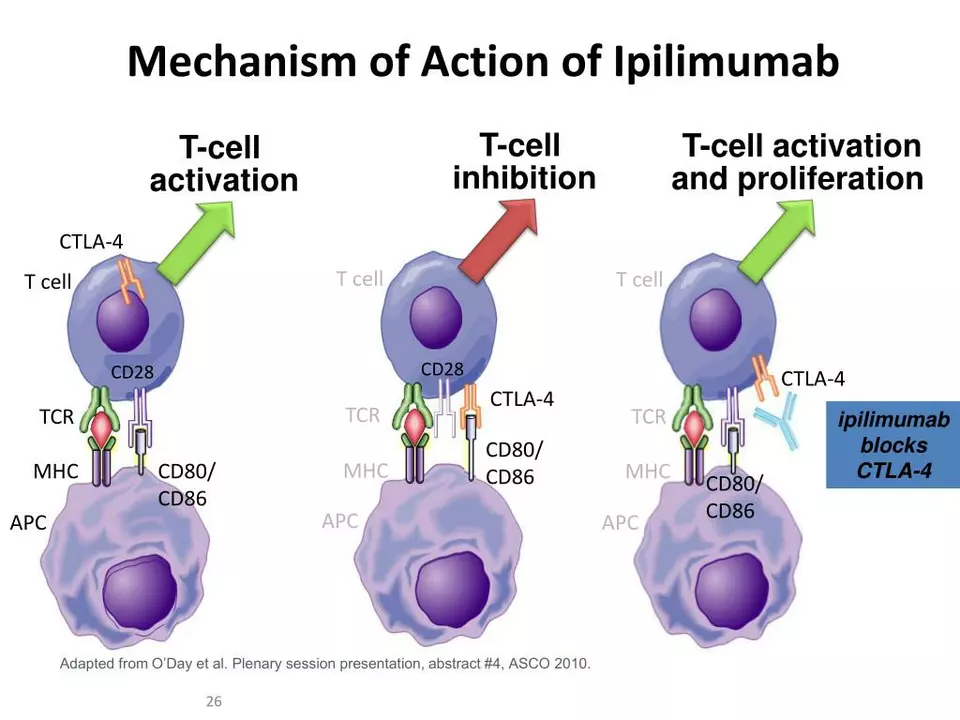Eplerenone: How It Works, Dosing, and Safety Tips
Eplerenone (brand name Inspra) is an aldosterone blocker used mainly after a heart attack and for certain cases of heart failure or high blood pressure. It helps your body get rid of extra sodium and water while preventing potassium from being lost — but that same effect can raise potassium too much. Here’s a straight, useful guide so you know what to expect and how to stay safe on this medicine.
How it works and when doctors prescribe it
Eplerenone blocks the hormone aldosterone. That reduces harmful fluid build-up and eases strain on the heart. Doctors commonly add it after a heart attack when the heart’s pumping is weak, and sometimes for resistant high blood pressure. It’s chosen when a medication with fewer hormone-related side effects than spironolactone is needed — eplerenone tends to cause fewer sexual side effects and breast changes.
Dosing basics and practical tips
Typical doses vary by condition. For heart failure after a heart attack, many patients start 25 mg once daily for a few days, then move to 25 mg twice daily and may reach 50 mg twice daily if tolerated. For high blood pressure, a common starting dose is 50 mg once daily, with a possible increase up to 100 mg per day split into two doses. Always follow your doctor’s exact plan — they’ll pick the dose based on your kidney function, potassium level, and other meds.
Take eplerenone with or without food at the same time each day. Don’t skip lab checks or stop it without talking to your provider. If you miss a dose, take it when you remember unless it’s almost time for the next dose — don’t double up.
Watch closely if you’re using ACE inhibitors, ARBs, potassium supplements, or salt substitutes that contain potassium. Those raise your risk of high potassium (hyperkalemia). NSAIDs and some blood pressure pills can also affect kidney function and potassium balance.
Strong CYP3A4 inhibitors — like ketoconazole, clarithromycin, and some HIV drugs — can raise eplerenone levels and cause harm. If you start or stop other medications, tell your doctor or pharmacist so they can check for interactions.
Monitoring matters: your provider will usually check blood potassium and creatinine before starting, then soon after (often within a few days and again at one week) and periodically after that. If potassium rises too high or kidney function drops, the drug may need dose change or to stop.
Side effects to know: dizziness, elevated potassium, lightheadedness, and sometimes cough or fatigue. Serious but less common problems include severe hyperkalemia and kidney issues. If you feel faint, have muscle weakness, or notice a racing heartbeat, get medical help.
Pregnant or breastfeeding? Don’t take eplerenone unless your doctor says it’s absolutely necessary. Always use a licensed pharmacy and a valid prescription when you buy medication. If you have questions about eplerenone and your other medicines, bring a current med list to your next visit — that makes medication checks quick and safe.
